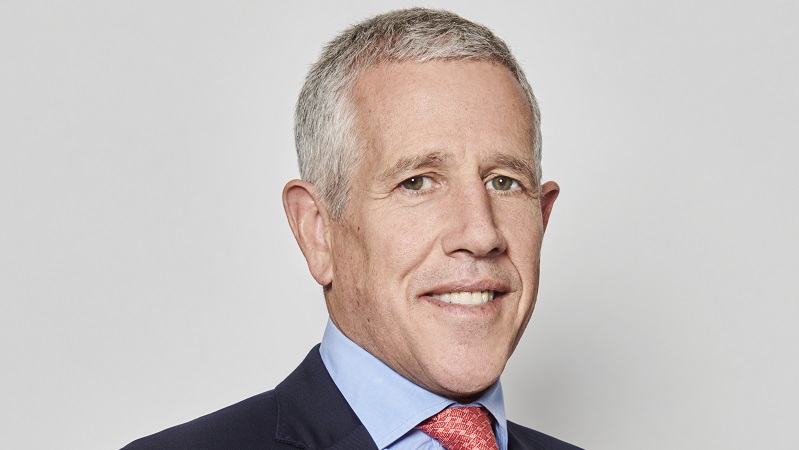The Bank of England opted to maintain interest rates at 5.25% in today’s (20 June) announcement, after reaching its 2% inflation goal yesterday.
While the target inflation rate was hit on 19 June, markets had anticipated a hold as inflation numbers are expected to bounce. The Bank of England has held at 5.25% since last summer. Seven members of the Monetary Policy Committee opted to hold rates while two voted for a 25bps percentage point decrease.
Lindsay James, investment strategist at Quilter Investors, said: “While it will come as a bitter blow to the Conservative party, this decision is no real surprise given month-on-month figures suggest inflation is unlikely to remain at 2% for long. It is instead expected to rise again later this year and ultimately settle between 2% and 3%.
“The Bank will be keeping a keen eye on wage growth, which remains around 6%, as well as services inflation which has been taking its time in coming down and has continued to feed into elevated core inflation. With the Labour Force Participation Rate still trending down and at the lowest level since 2015, a worker shortage is one crucial inflationary factor that will need addressing by the incoming government. Given the Bank’s focus on sustainably returning inflation to the target in the medium term, it could be some time yet before we see a cut.”
Ed Monk, associate director for personal investing at Fidelity International, also pointed to wage inflation, which has forged ahead at near 6%, and services, as reasons to hesitate on a cut.
“It’s likely that rate-setters at the Bank will focus on that rather than the headline inflation number which is – for now at least – back on target,” Monk said.
“It all means the pain for borrowers goes on. With inflation back to 2% there will be increasing pressure on the Bank of England to justify the continuation of high rates. For savers, now represents a rare opportunity to achieve returns on their money which beat inflation by a clear margin. It should be remembered also that risk-assets such as shares can also benefit during such periods and have a history of generating inflation-beating returns that outpace cash.”
While the European Central Bank announced its first cut in five years on 6 June, decreasing the lending rate to 3.75%, the US Federal Reserve has continued to hold, creating a diversion.
Georgina Hamilton, fund manager of the Polar Capital UK Value Opportunities fund, said: “While there has been a great deal of focus on the BoE cutting rates ahead of the Federal Reserve – which is unusual – we feel the more interesting debate is where UK interest rates end up. Currently, the market is pricing UK rates to fall to 3.5%, similar to the US rate curve; interestingly, the eurozone is over 1% lower at 2.4%.
“Given the improvement in outlook for inflation we feel rate expectations have room to improve further in the UK which should be a more beneficial backdrop for small and mid-cap stocks.”
While the BoE has opted for a hold for now, Adrian Gosden and Chris Morrison, UK equities manager at Jupiter Asset Management, believe an eventual cut could be a turning point for the UK market, pointing to a pattern of increase in performance from UK equities following an interest rate cut compared to European and US equities.
“While the Bank of England is expected to hold rates today at 5.25%, a rate cut is looking increasingly likely in the Autumn now that inflation has hit the Bank of England’s 2% target. Investors may want to rethink their allocations to the UK as this could be a catalyst for a sustained rebound.”










